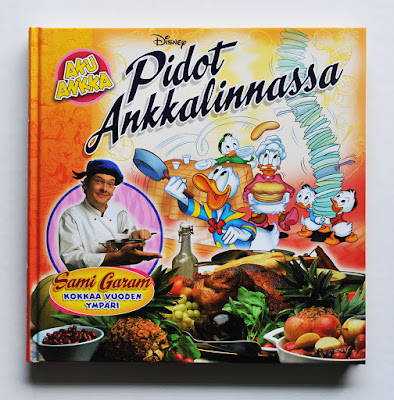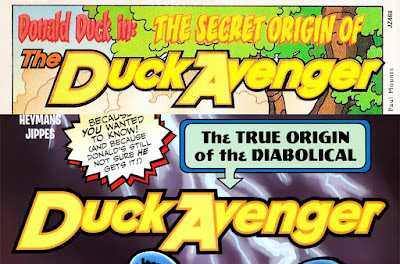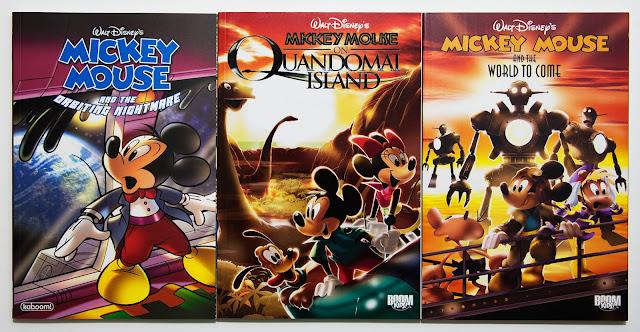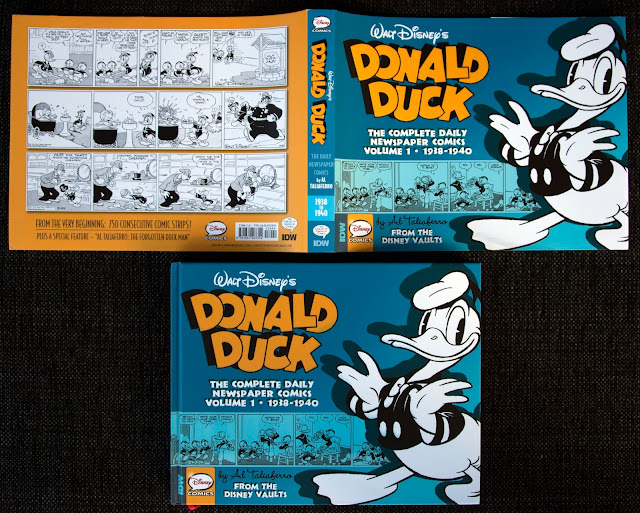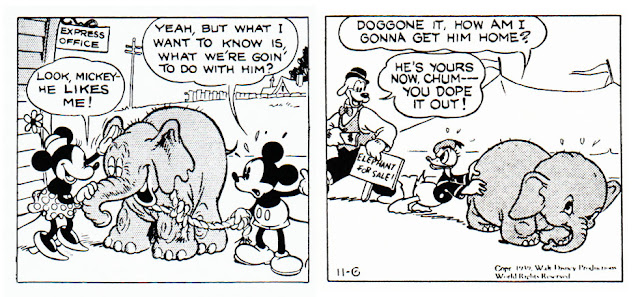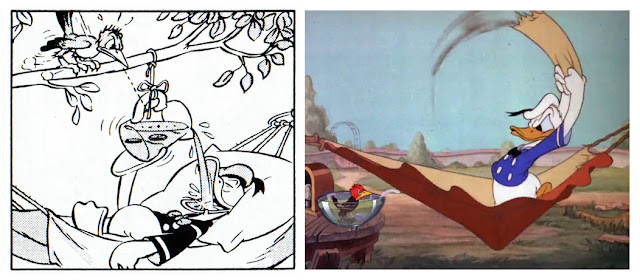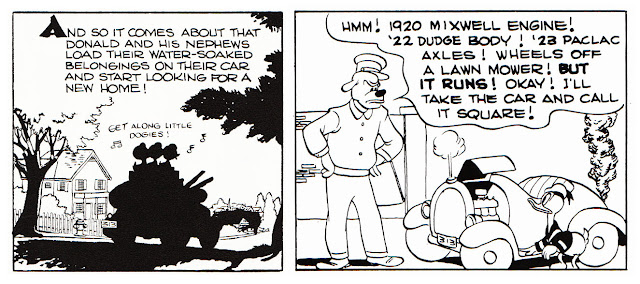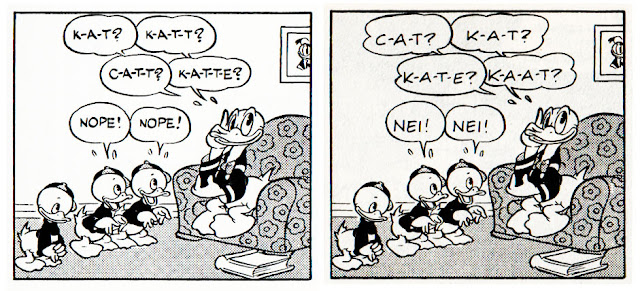Of course they contain Disney comics too, and the main reason I got them was a series of food themed one-pagers by Kari Korhonen and Vicar. But I can't read a single word Finnish and the stories are not THAT interesting. So I'm still shaking my head when I spot the books in my bookshelf.
 |
| Inside the books |
Most of the one-pagers are still not printed outside Finland I think, but one single story from these books is actually printed in the USA. It's an untitled Halloween story in Walt Disney's Comics and Stories #695.
 |
| A Halloween one-pager (D 2005-153) by Kari Korhonen and Vicar |
And it seems the boys are still using the same costumes as in the 1952 cartoon and the Barks classic "Trick or Treat".
 |
| From the 1952 cartoon "Trick or Treat" |
 |
| From "Trick of Treat" by Carl Barks |
There, I turned this boring post about cookbooks to be about something else :)
Happy Halloween!

